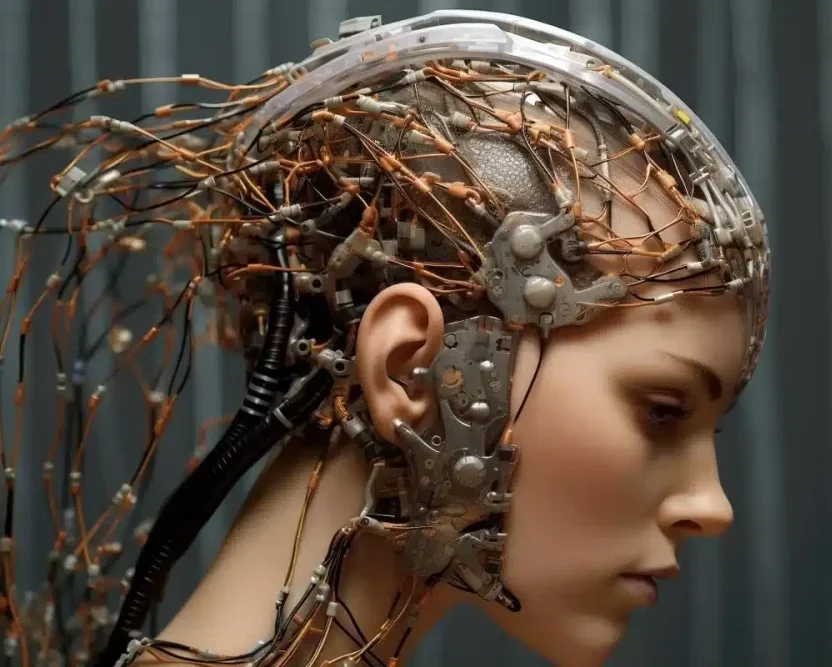“The brain. The final frontier of medicine. For centuries, it has been the organ we knew the least about, and the hardest to heal. However, today, silicon and neurons are beginning to communicate in a common language.
In 2023, brain implants went from science fiction to clinical reality. Neuralink has begun human trials for patients with paralysis. Precision Neuroscience has won an FDA breakthrough designation to accelerate the development of its own devices. And for the first time, restoring movement, vision, and even speech is no longer a dream; it’s a reality, thanks to engineering.
“These devices are going to give us profound insight into the human brain,” says Dr. Bradley Greger of Arizona State University. “That rigorous understanding will lead to great impacts in patient care.”
From epilepsy to Parkinson’s, from obsessive-compulsive disorder to treatment-resistant depression, brain implants are rewriting the boundaries of medicine. Electrodes as fine as an eyelash can now listen to the cortex and talk back, restoring function where biology failed.
And this is only the beginning. Neuralink’s penetrating micro-electrodes. Precision Neuroscience’s flexible film arrays. Blackrock Neurotech’s pioneering platforms. Together, they’re pushing toward personalized, custom brain interfaces —devices tuned not just to a disorder, but to your individual brain.
Deep brain stimulation already eases tremors and lifts depression. Now, with closed-loop systems, implants can sense pathological brain activity in real time and deliver therapy only when it’s needed, like a pacemaker for the mind.
This technology isn’t just a treatment. It’s data. Each implant records troves of signals, building the first live maps of human thought and emotion. With every patient, we’re not only repairing brains—we’re learning them. Brain implants aren’t about making cyborgs. They’re about making people whole again.”


